2025 – CHW
A car on fire in the car park.
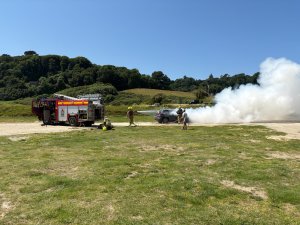
Hebe x franciscana ‘Variegata’ doing equally well.
To Old Park to map out the next bit of clearance for Ross to undertake. This will hopefully benefit the shoot as well as making more space for new planting.Betula cylindrostachya was planted in Old Park in 2019. It is a rare species in cultivation today although collected by Wilson. In the wild it can be found from Pakistan to Yunnan province in China.
2023 – CHW
Rather like last year but, sadly, rather earlier in June than then, I find trips around the garden disheartening as I watch decent established rhododendrons, and other fairly recently planted things, in hotter spots die on their feet in only a few days from drought. When in a depressed mood, because I see no real rain in the next weeks forecast, I begin to wonder if it is worth growing rhododendrons at all. After a glass of wine somehow the depression lifts when one thinks about new species to try in catalogues and in our nursery beds. Tom Hudson’s email today about a Litsea/ Lindera tour here soon had a similar effect.
Todays quest is to photograph 3 oaks which I looked at earlier this week with Allen Coombes which he says are wrongly named.
This has always been known for generations as Quercus myrsinifolia which grows as a windbreak hedge in the Aucklandii Garden. Burncoose have grown this from cuttings for years and sold it as Q. myrsinifolia. Alan says it is Quercus glauca and, I agree, that it looks NOW very like the Q. glauca which I photographed at Batsford Arboretum last week (and an elderly plant here in the Rookery). Hilliers says that Q. myrsinifolia is often confused with Q. glauca but the difference is that the new growth is purple-red when it unfurls (a bit later than Q. glauca). Our ‘hedge’ certainly has attractive purple-red new growth. Alan then says that the undersides of the newer leaves of Q. glabra are ‘hairy’ and we gaze through the eyeglass to prove his point. Where is the true Q. myrsinifolia then to prove that it does not have hairs on the underside of its leaves? One has to enjoy these sorts of debates as a non-botanist, non-taxonomist and enthusiastic amateur. Its not the first time this issue has been raised. If our trees produce acorns this year I must photograph them! That just might be the decider. (In fact I think I already have in past years and they are exactly as pictured on the IDS website as Q. myrsinifolia and not at all like Q. glabra).
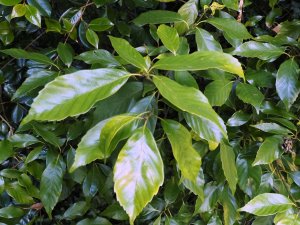
These 2 plants have always been labelled as 2 different species of Castanopsis from seed grown from one of Alan’s wild collections. They are not evergreen and clearly not Castanopsis. How this occurred in the greenhouse c. 2000 I have no idea or even whether it was our seed/ label/ growing muddle to start with. Anyway Alan is absolutely right and identifies them both as Q. chenii (previously Quercus acutifolia).
A few secondary flowers on the now fully recovered large Magnolia dawsoniana outside the front gate.
Yesterday’s rain has been a godsend to the younger plants especially the newly planted azaleas in Kennel Close which were wilting.Cornus kousa ‘Madame Butterfly’ at its best on Hovel Cart Road.
A little bit of history to add to the absurdities and real problems of lockdown. My daughter has been trying to get married to an army colonel who is about to go on active service overseas in Africa. I will not bore you here but will put the saga in the handwritten diary for posterity which is an email from the regimental chaplain to a government minister outlining the predicament and how church law has little leeway to do anything when churches and registry offices are closed.Quercus laurifolia had some dieback and was very slow into leaf but now the drought is over things are looking up. Nice bark developing on the trunk. We used to have a row of three Q. laurifolia which were small trees in the Rireii Opening but the last blew over a few years ago.
I went to check the younger plants in the Stewartia collection but nothing out yet and, like the Styrax, there does not seem much bud compared to last year. Even the mature Stewartia rostratas have only 25% of the flowers they produced last year. Stewartia x henryae still in tight bud in Kennel Close.
Escallonia tucumanensis is a gorgeous species from Argentina. Its drooping panicles of flowers are a delight. Asia should propagate lots! I suspect it would root very easily now. It has been perfectly hardy here for six to eight years and needs no trimming.
2019 – CHW
Ninety-five to lunch and tour here yesterday to raise funds for the Cornwall Historic Churches Trust. We kept the flower festival going in the church and prompted them to drop in on their way home – £87 extra raised. Thankfully that is about it for house tours and house group visits for this year.
Ross Collins has now felled and split all the trunks of the five big beech trees. We will do the burning up ourselves but we agreed on site to extend the new planting area for next spring by grubbing out some additional old camellias and the odd rhododendron.
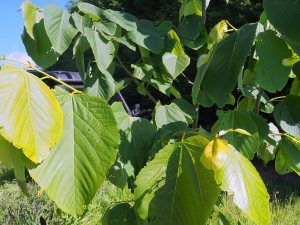
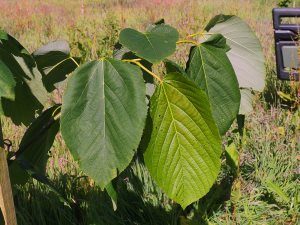
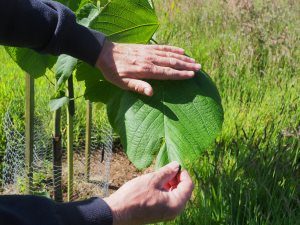
2018 – CHW
A fine crop of blueberries are emerging on the newly planted plants in the Isla Rose Plantation. Isla is now walking without support at 15 months old so she might just get to taste them later.
Clematis florida ‘Taiga’ really is an outstanding show.
2017 – CHW
I stopped in Carnon Downs on the way to Burncoose today to photograph this amazing clump of pink lampranthus full out in the sun.
Day trip to Hook Norton Brewery for a monthly board meeting.
Another styrax full out; Styrax obassia with the largest leaves of any species and white racemens of flowers hidden amid the foliage.Cornus kousa ‘National’ (I think) on the drive has large faintly star shaped flowers. This was planted in 1991 and is a good sized tree.Behind it a clump of three white Rhododendron decorum coming into their prime but flowering rather later than the older and ancient original plants in the garden, some of which were out a month ago and all of which are now over.On the Hovel Cart Road the evergreen Cornus hongkongensis is starting the odd flower. The US reference book on cornus does not even mention this variety which one has to say is a pretty dull collector’s item. The other one was pruned up by deer.Near Georges Hut a fine 15 year old replacement clump of Rhododendron auriculatum flowering its heart out.Touching them is a 1991 vintage Stewartia rostrata with its first few huge camellia-like flowers with a splodge of pink. This is, to my mind, the best of the stewartias with superb dark purple, almost black autumn colour.In Kennel Close we find a styrax (ex Crug) which is flowering profusely and the first time seen by me. About six years from planting and now bushy and about eight feet tall. Some leaves are oval and some more elliptical. The reference books are unclear. I think it is Styrax wilsonii but it may be Styrax officinalis which grows rather taller; twice the size in fact.A new Magnolia ‘Summer Solstice’ has its first three flowers where we can see them unlike the main 1991 planted tree.Primula helodoxa is flowering just outside my study window. There used to be quite a collection of candelabra primulas in the Auklandii Garden where they would self sow themselves on damp bare earth patches. It was interesting to note that over time all the new seedlings became yellow and still a few pop up (as here) from time to time. Primula helodoxa clearly has the dominant gene and the only survivor.
1917 – JCW
The Wilson Fortunei’s are starting to open. A Mikado is very good and A arborescens, also some of the Harrow hybrids. Papa gontier [rose] is good and also R maddeni, hardly a bud was touched by the great frost.
1897 – JCW
The waterlilies are at their best. Bambusa nigra at full length, Henonis at ¾ of their length, Mitis only now starting in some cases and so nitida.




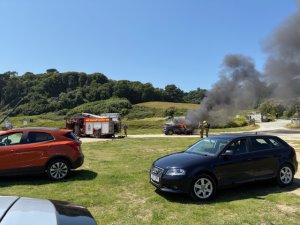
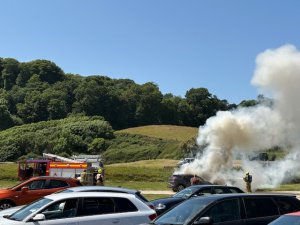
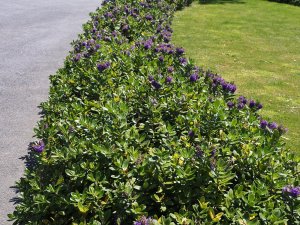
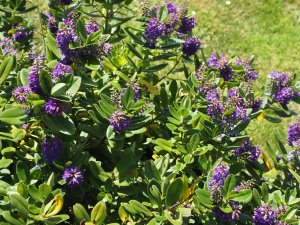
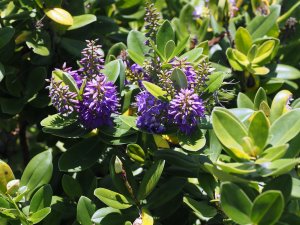
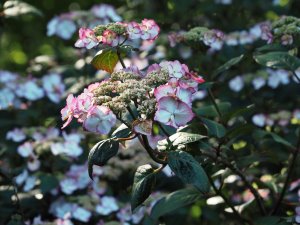
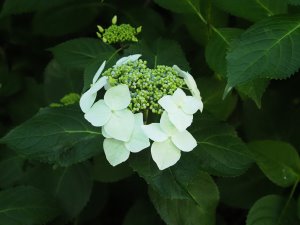
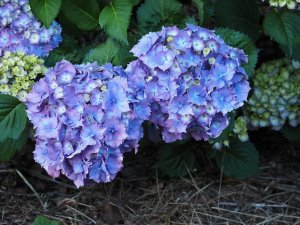
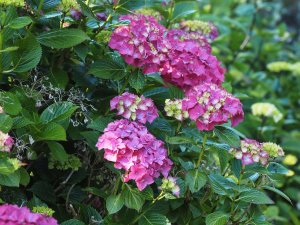
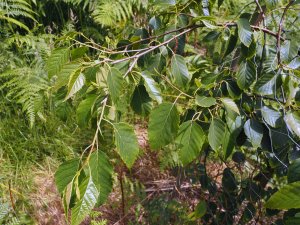
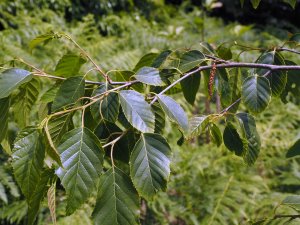
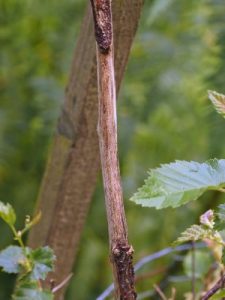
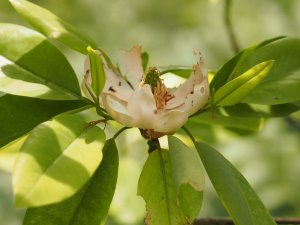
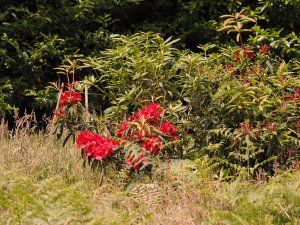
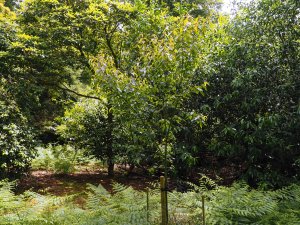
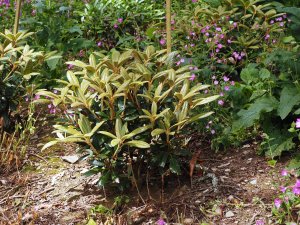

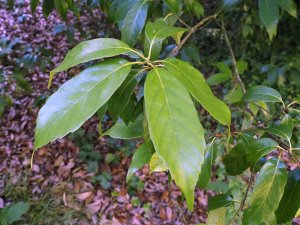
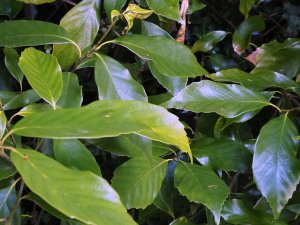
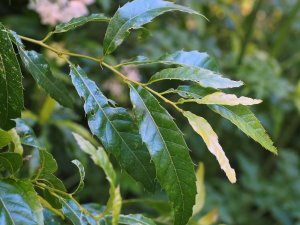
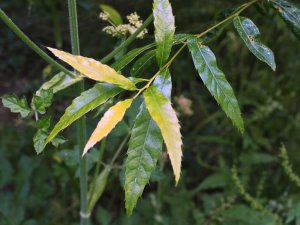
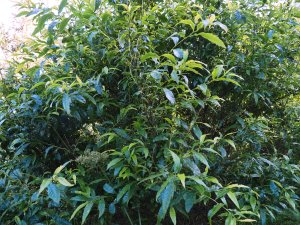
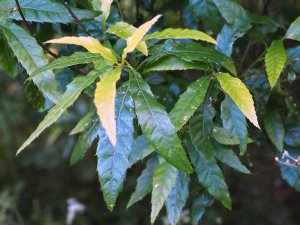
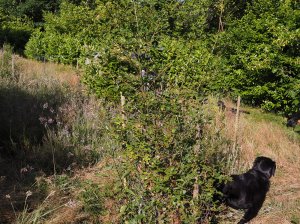
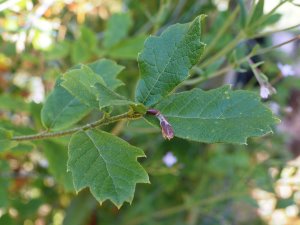
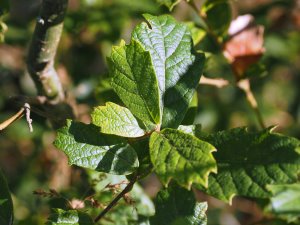
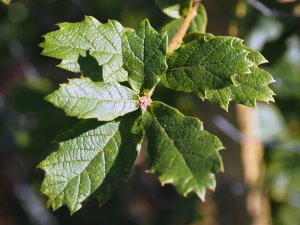
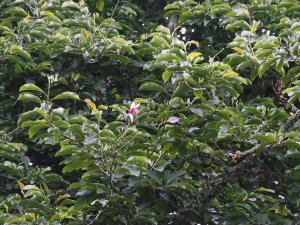
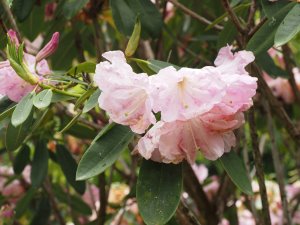
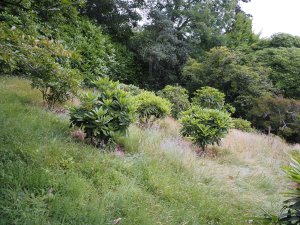
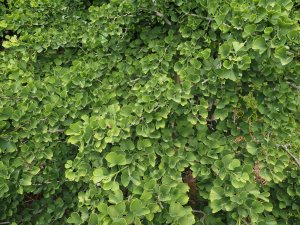
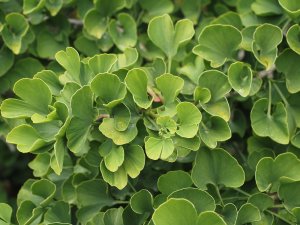
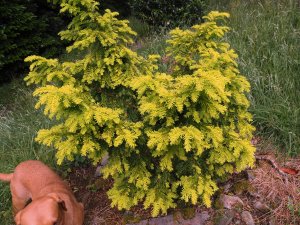
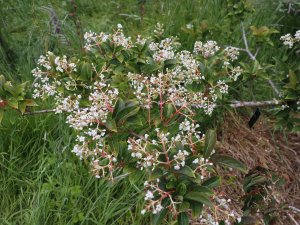
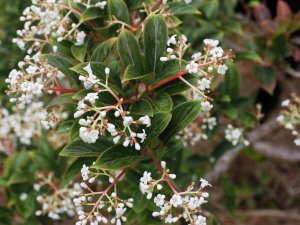
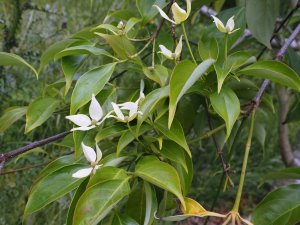
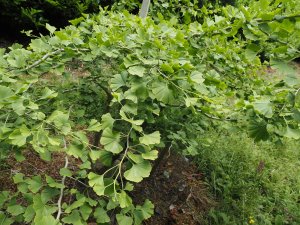
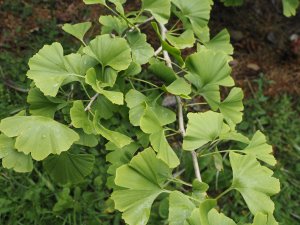
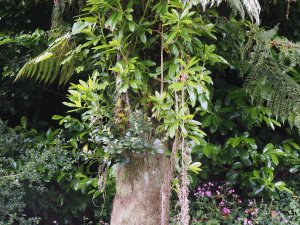
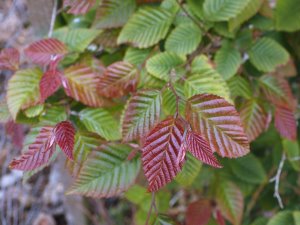
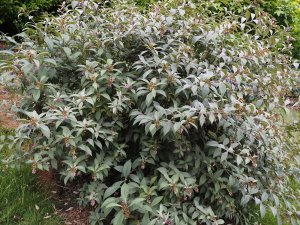
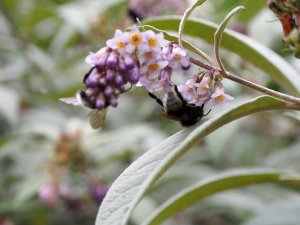
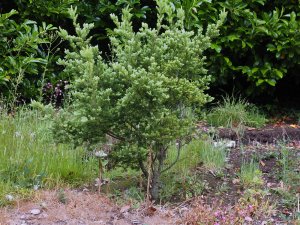
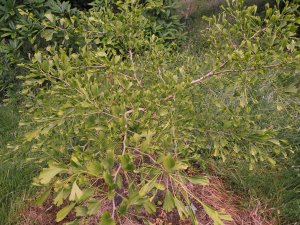
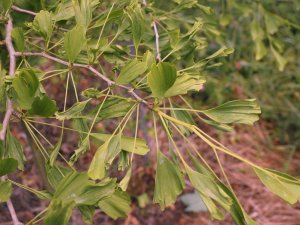
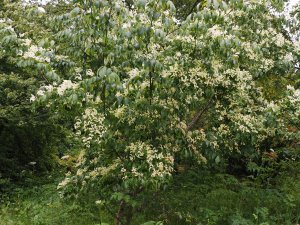
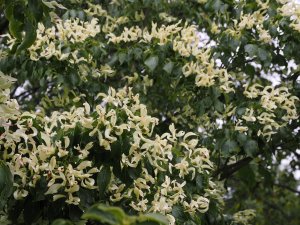

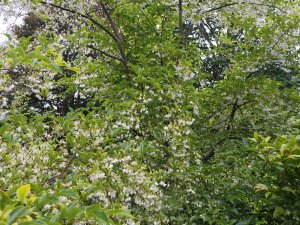
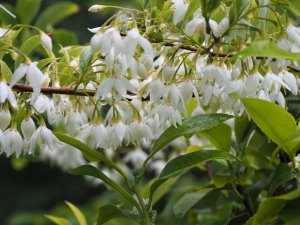
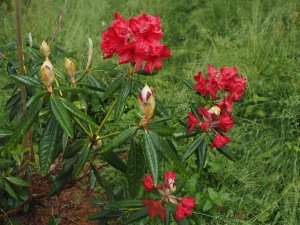
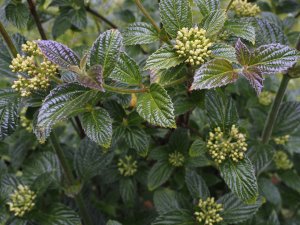
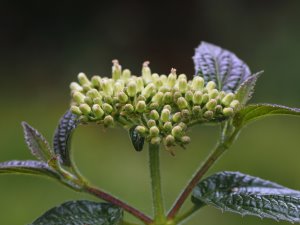
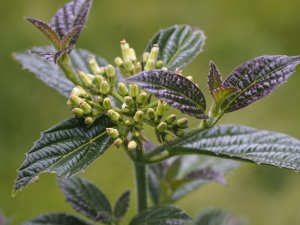
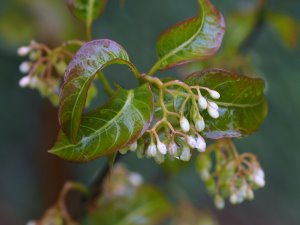
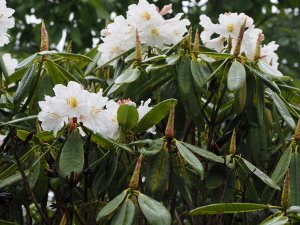
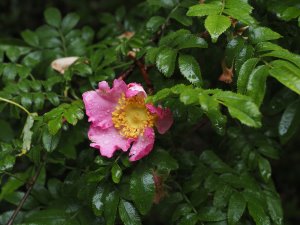
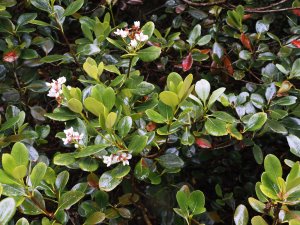
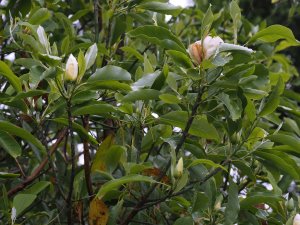
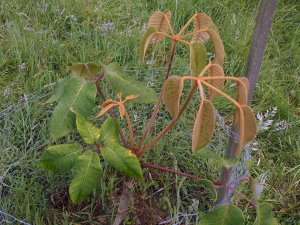
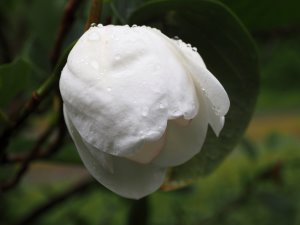
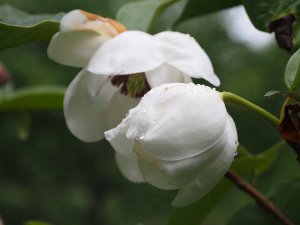
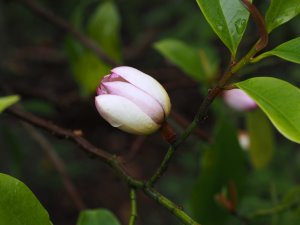
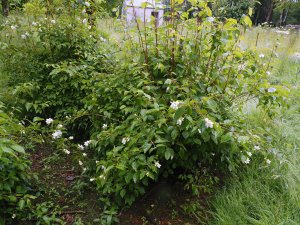
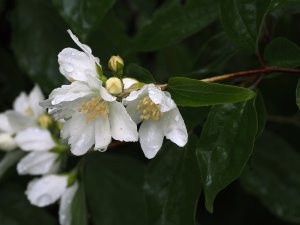
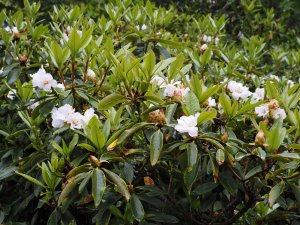
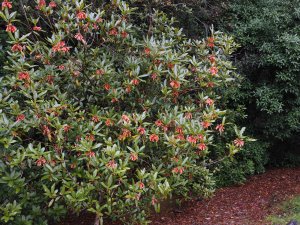
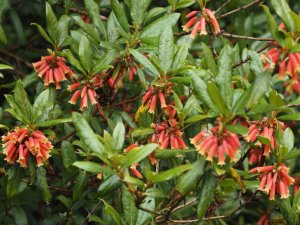
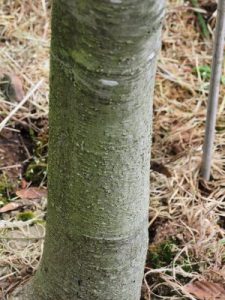
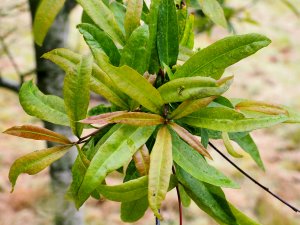
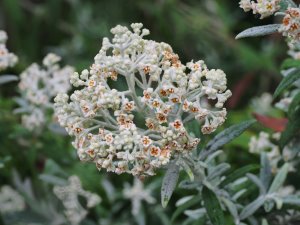
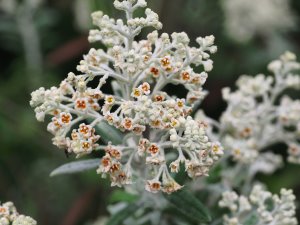
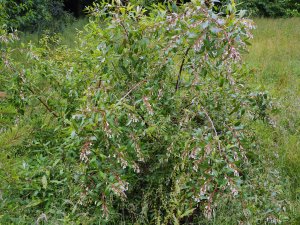
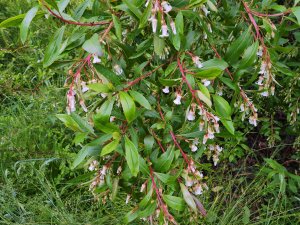
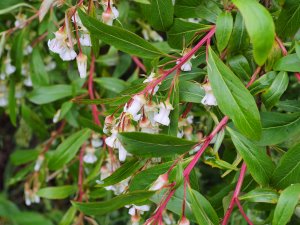
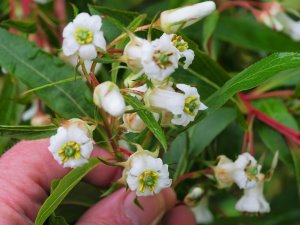
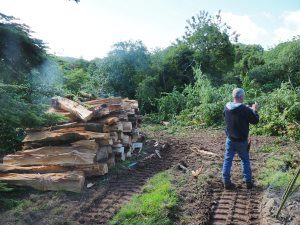
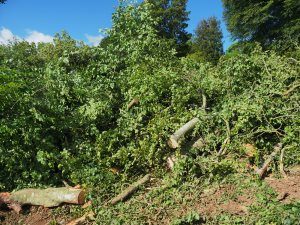
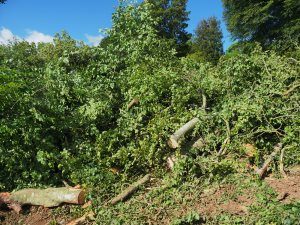
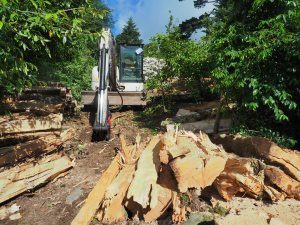
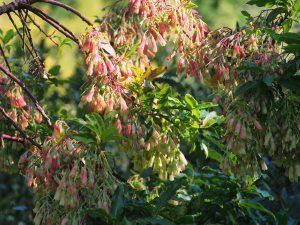
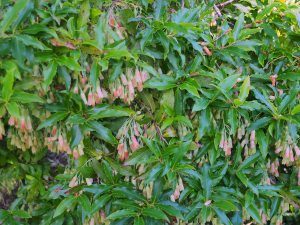
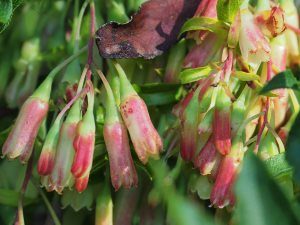
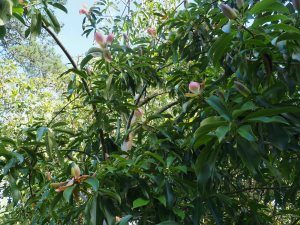
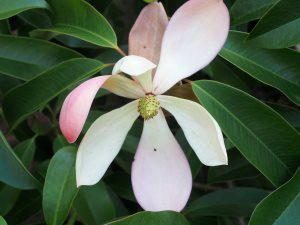
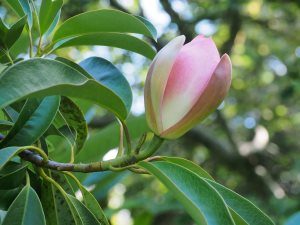
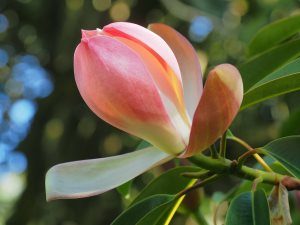
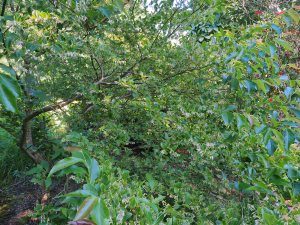
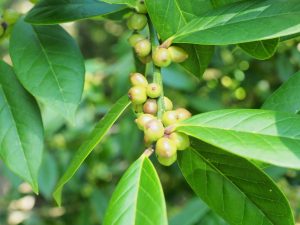
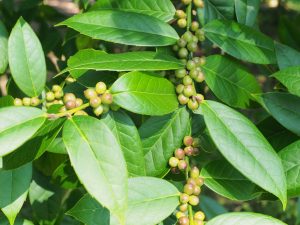

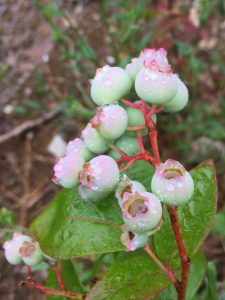
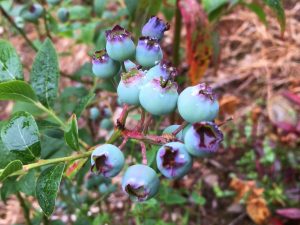
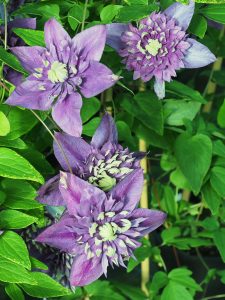
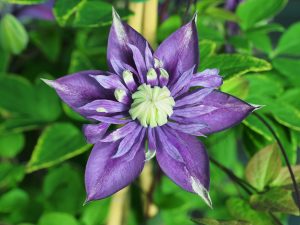
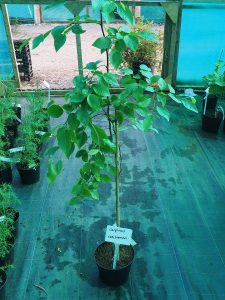
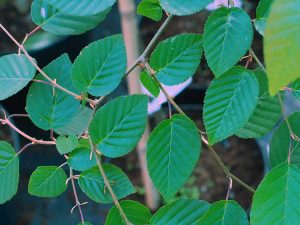
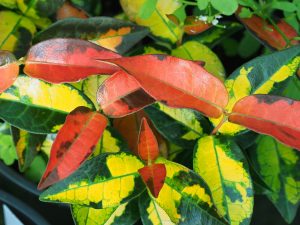
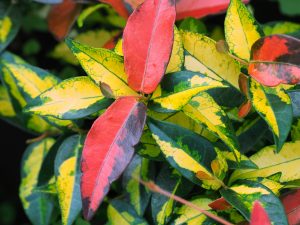
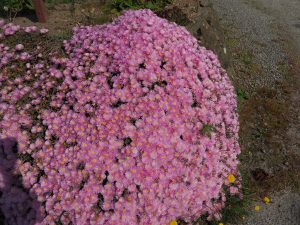
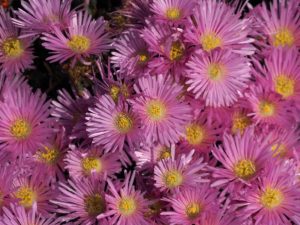
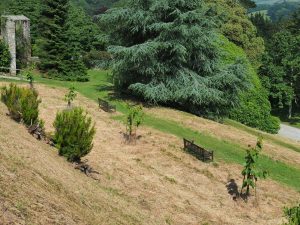
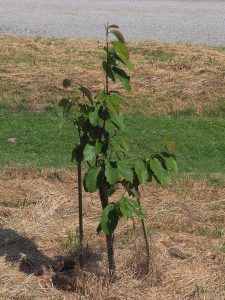
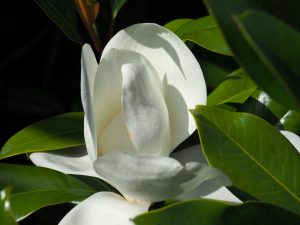
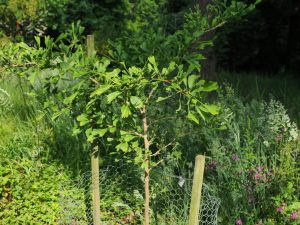
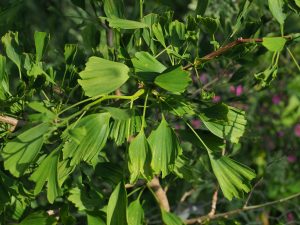
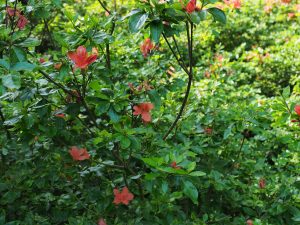
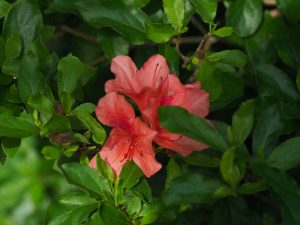
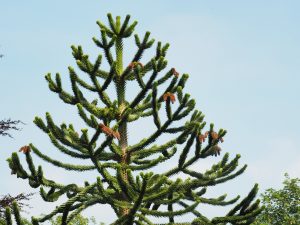
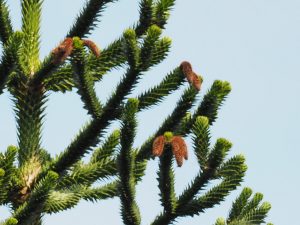
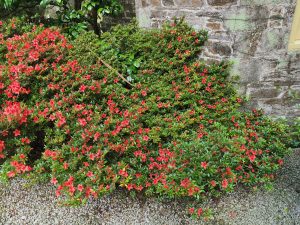
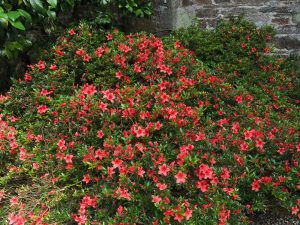
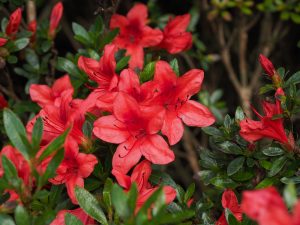
The monkey puzzle flowers are male! https://twitter.com/chilean_plants/status/904493582257725440